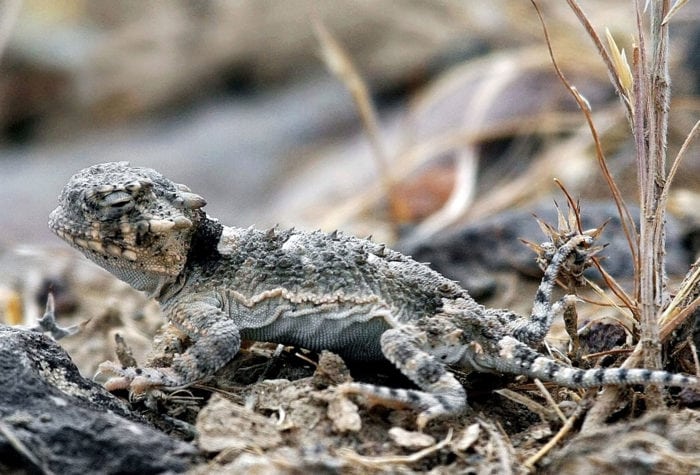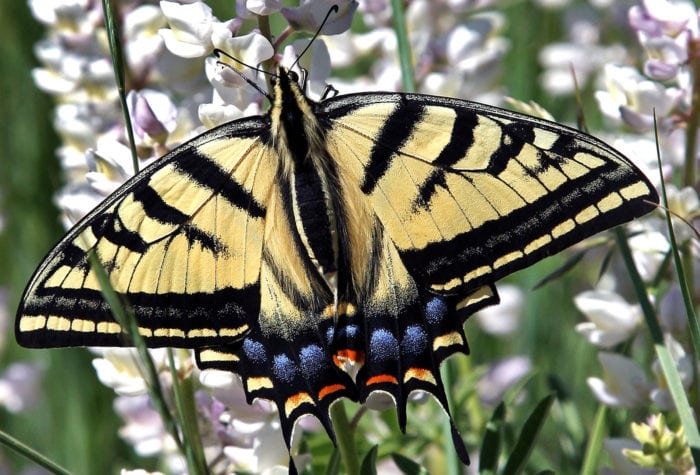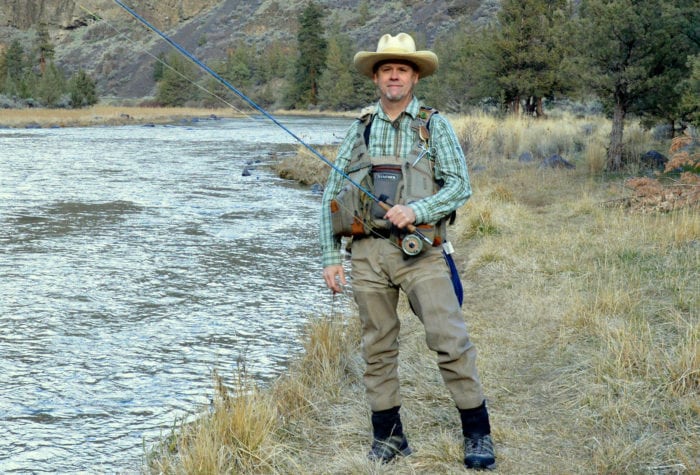Author: Gena Goodman-Campbell | Published: October 25, 2023 | Category: Look Back
This article originally appeared in the Fall + Winter 2023 Desert Ramblings
Initial phase of restoration on the South Fork Crooked River completed
Rising from springs in the midst of central Oregon’s sagebrush sea, the South Fork Crooked River winds through the canyons of the South Fork Wilderness Study Area before joining up with other tributaries to form the main stem of the mighty Crooked River.
Although this landscape is known for its rugged desert beauty and abundant fish and wildlife, a century of heavy agricultural use has tested the resiliency of this important ecosystem. ONDA has identified several areas as a priority for restoration and developed a long-term restoration strategy for the South Fork Crooked River to transform a dry and denuded landscape to one with flourishing native plants and abundant cool water supporting productive fish and wildlife habitat.
And, after more than a decade of investment, ONDA is celebrating the completion of an initial phase of the South Fork Crooked River restoration project. Working on this private conservation property, this May ONDA volunteers installed the final 5,500 trees bringing the total streamside trees planted at the site to more than 25,000.


In addition to site-specific ecological benefits, the South Fork Crooked River restoration project was designed to demonstrate to public land managers the recovery potential of streams in the high desert. And, throughout the project ONDA developed a number of innovative planting techniques that make the project a noteworthy, replicable model.
With a focus on strategies that encourage beaver to resume their role as ecosystem engineers, ONDA’s approach features densely planted native trees tapping deep into the water table. ONDA achieved a nearly 100% survival of newly planted trees and more than a foot of growth per month during their first summer – a 400% increase over previous growth rates.


Thanks to ONDA’s advocacy to bring increased restoration investment to the South Fork Crooked River, the Bureau of Land Management has now taken note of this success and recently entered into multi-year partnership with ONDA to design and implement the restoration of over six miles of the South Fork Crooked River on public lands. This means ONDA’s community of desert supporters can look forward to even more successes along this vital ribbon of life in the high desert for many years to come.
Read more about the project at https://onda.org/our-approach/restore/south-fork-crooked-river/.


